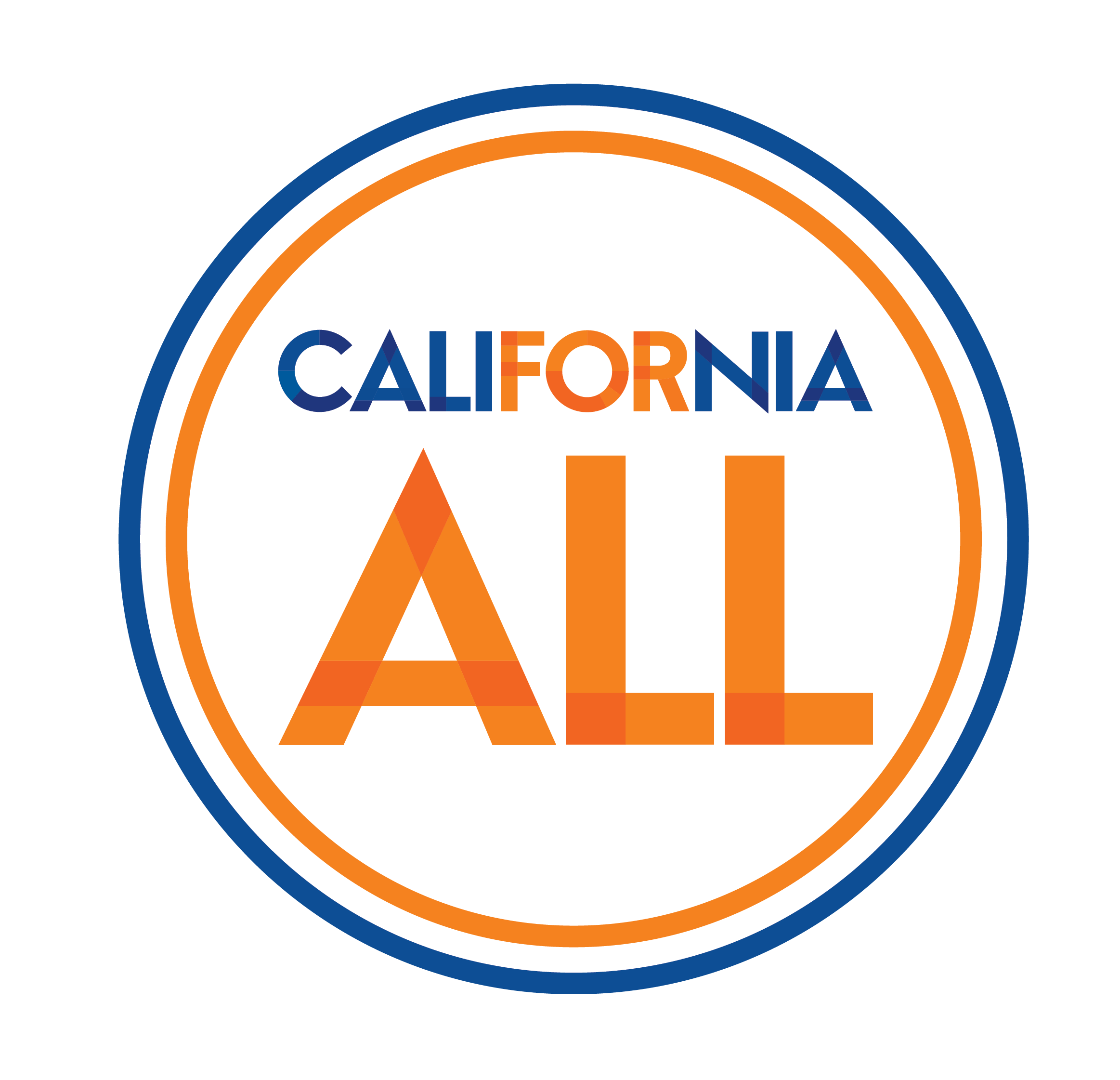Master Plan: 5 Bold Goals
Goal three for 2030
Goal three: Inclusion & Equity, Not Isolation
"We will have lifelong opportunities for work, volunteering, engagement, and leadership and will be protected from isolation, discrimination, abuse, neglect, and exploitation."
Track our progress at the MPA Data Dashboard.
Older adults have many essential roles in California’s communities: workers, business owners, volunteers, community leaders, mentors, lifelong learners, neighbors, friends, family members, and more. Each of these roles can provide a vital sense of purpose at any age. A cornerstone of building a California for all ages is continuing, evolving, and creating new opportunities for meaningful engagement at 60, 70, 80, 90, and 100-plus years old.
Digital technologies are fostering new opportunities for connection and inclusion for work, play, community, culture, and commerce. However, over two million Californians do not have access to high-speed internet and approximately 34 percent of adults over 60 do not use the Internal at all. The COVID-19 pandemic has brought these issues into greater focus and heightened the need for improved access to broadband, digital devices, and technology support for older adults.
Employment and volunteer opportunities, particularly those offering intergenerational engagement, can provide a powerful sense of purpose and connection. Over the past five years, Californians over the age of 55 accounted for 29 percent of all new employment. Many older adults need or want to keep working – at least part time. However, two thirds of older adults seeking employment cite age discrimination as a challenge to finding work.
Older adults can also be a major source of volunteers. Many older adults, especially if paid work and caregiving responsibilities become lighter, choose to devote time and energy to their communities – for example serving at food banks, as tutors to young children, and as poll workers.
One of the greatest threats to full inclusion and equity for all ages is elder abuse, which is estimated to impact 10 percent of older adults living at home and to result in losses totaling in the billions of dollars annually. Elder abuse can take many forms, including physical, sexual, abandonment, isolation, financial, neglect, self-neglect, and mental suffering. Women are as much as 35 percent more likely than men to suffer from some form of it. Our growing aging population requires increased planning and coordination to prevent growing abuse.
To build a California for all ages, all stakeholders and partners agree: leadership is key. California has a long tradition of extraordinary aging leadership, stretching back decades. (see Listening to our Elders). The State now has a growing and diversifying community of leaders at all levels poised to build on this foundation for the future, bringing forward the best of proven practices and new innovations to meet the needs of people we serve. Throughout this network, older adults and people with disabilities are the true leaders and essential participants in all planning, policy, programs, and advocacy.
.png)
